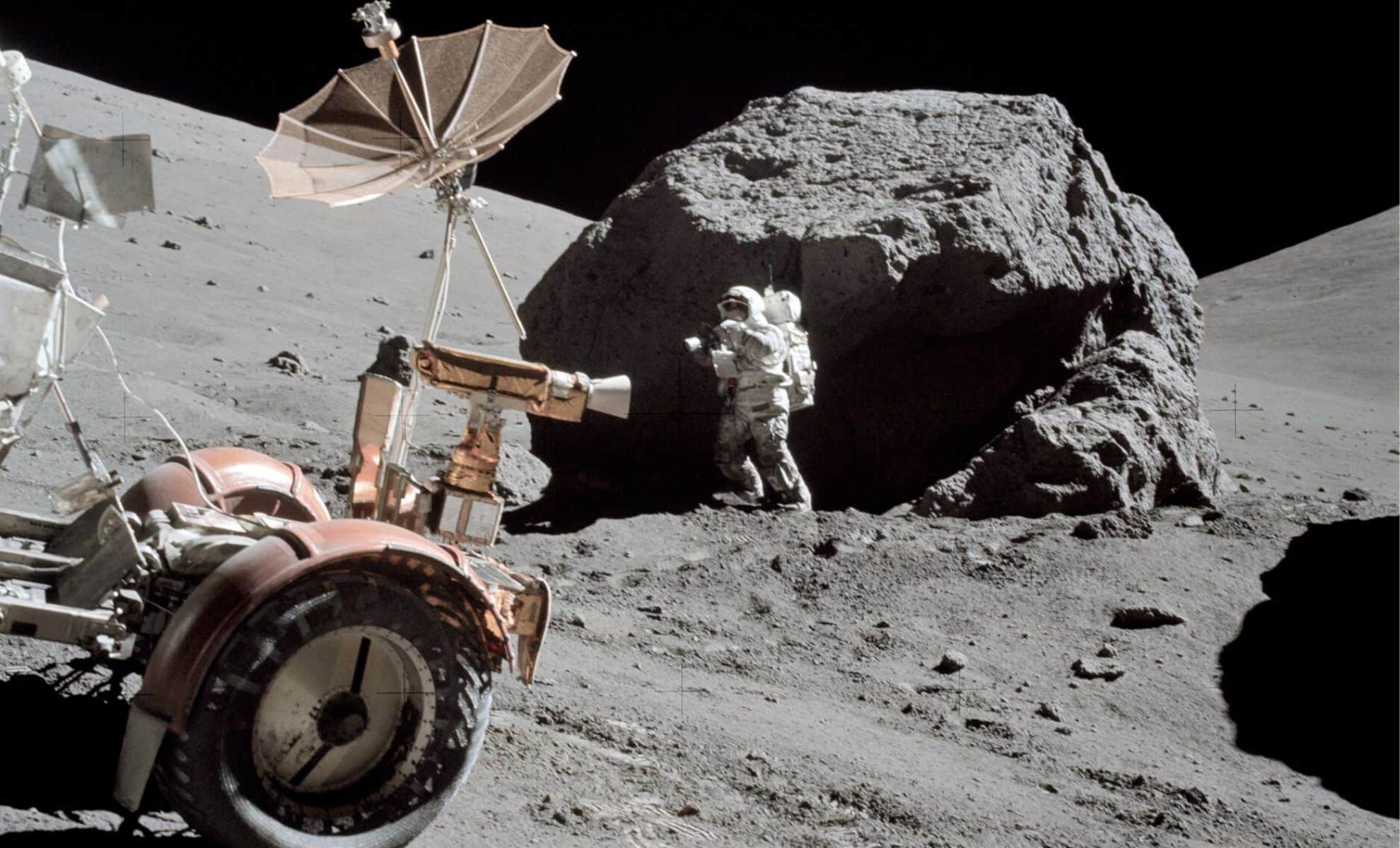
Eight-year-old Hugo Dean’s keen observation near his home has led to a remarkable scientific breakthrough. What initially appeared to be ants collecting seeds turned out to be something far more intriguing. Hugo’s father, Andrew Deans, a professor of entomology at Penn State, identified the objects as oak galls – abnormal plant growths induced by certain wasp species.
This simple observation has redefined the known boundaries of ant-plant interactions. For over a century, scientists have studied myrmecochory, where ants transport seeds with specialized structures called elaiosomes. However, the discovery of ants collecting oak galls has added a new layer of complexity to this well-established phenomenon.
The implications of this finding extend beyond academic interest. As oak trees face threats from habitat loss, climate change, and disease, the delicate balance between ants, wasps, and galls could be disrupted. This discovery serves as a stark reminder of the interconnectedness of ecosystems and the importance of preserving biodiversity.
Unraveling the intricacies of nature’s evolutionary strategies
The oak galls, particularly those induced by wasps such as Kokkocynips decidua and Kokkocynips rileyi, possess an appendage called “kapéllo,” derived from the Greek word for “cap.” These kapéllos share striking similarities with elaiosomes, both being rich in fatty acids that attract ants.
When galls detach from trees and fall to the ground, ants carry them to their nests. Inside, ants consume the kapéllos but leave the gall bodies intact, providing shelter for the wasp larvae within. This interaction mirrors traditional myrmecochory but with an added twist – kapéllos are an extension of wasps’ manipulation of oak trees, effectively co-opting ant behavior to benefit their larvae.
The study’s findings suggest a unique evolutionary convergence, where distinct organisms independently develop similar strategies to exploit ant behavior. This discovery raises profound questions about the evolution of these interactions:
- Did gall-inducing wasps initially manipulate oaks, only later exploiting ants?
- Or did ant behavior drive the evolution of kapéllos?
- How long have these intricate relationships been developing?
Fossil evidence suggests gall wasps have been inducing galls for millions of years, long before their interactions with ants were recognized. As Andrew Deans noted, “It’s likely that wasps began manipulating ants after refining their ability to induce galls,” emphasizing the dynamic nature of evolutionary processes.
Scientific breakthroughs: a blend of curiosity and chance
The role of chance in scientific discoveries cannot be overstated. Hugo’s initial observation, which may have seemed trivial, catalyzed a significant leap in understanding. This breakthrough underscores the importance of fostering curiosity and encouraging exploration at all ages.
Reflecting on his contribution, Hugo remarked, “I thought they were seeds at first. I was excited to learn they were galls and even more surprised that ants collected them.” While he may not see himself following in his father’s footsteps, his curiosity has already left an indelible mark on the scientific community.
This discovery joins the ranks of other groundbreaking findings in the realm of biology. For instance, recent advancements have led to the creation of a living mouse from genes that predate animals, showcasing the rapid progress in our understanding of genetics and evolution.
Future implications and research directions
The discovery of this multi-layered interaction between ants, wasps, and oak trees opens up new avenues for research. Scientists aim to explore other potential examples of such complex relationships in nature. As Andrew Deans observed, “We’ve been studying plant-insect relationships for over a century, but discoveries like this show how much we still don’t know.”
These findings underscore the complexity of ecological networks and the need for continued exploration to uncover hidden connections that sustain biodiversity. The research team conducted field observations and laboratory experiments to confirm the ants’ preference for galls with intact kapéllos. Their work revealed that:
| Element | Composition | Function |
|---|---|---|
| Kapéllos | High concentrations of fatty acids | Mimics dead insects (ant food source) |
| Elaiosomes | Similar fatty acid profile | Attracts ants for seed dispersal |
This mimicry underscores the sophistication of these evolutionary strategies, blurring the lines between plant and insect adaptations. The study’s implications extend beyond ant-plant interactions, potentially influencing our understanding of other ecological relationships.
As scientists continue to unravel the mysteries of nature, we may see more examples of unexpected connections. For instance, researchers are exploring the possibility of resurrecting long-extinct carnivorous predators, which could provide valuable insights into past ecosystems and evolutionary processes.
Furthermore, the discovery of new species and their interactions continues to surprise researchers. A recent alarming discovery of an invasive red dwarf bee colony in Europe highlights the ongoing changes in our ecosystems and the importance of vigilant observation and research.
As we delve deeper into the intricacies of nature, it becomes increasingly clear that there is still much to learn about the world around us. The story of Hugo’s discovery serves as an inspiration for scientists and curious minds alike, reminding us that groundbreaking insights can come from the most unexpected sources.
Got a reaction? Share your thoughts in the comments
Enjoyed this article? Subscribe to our free newsletter for engaging stories, exclusive content, and the latest news.









Leave a Comment